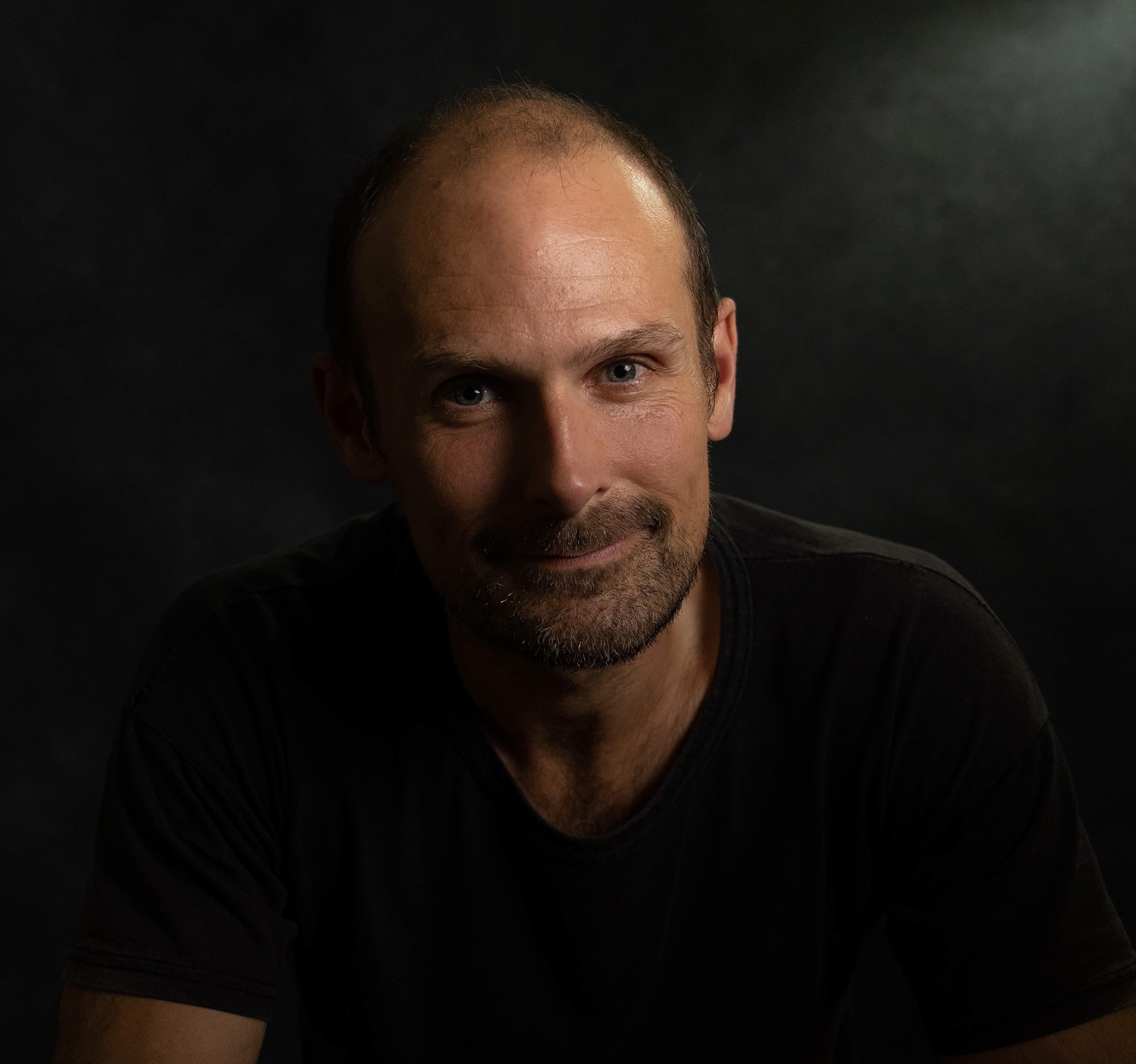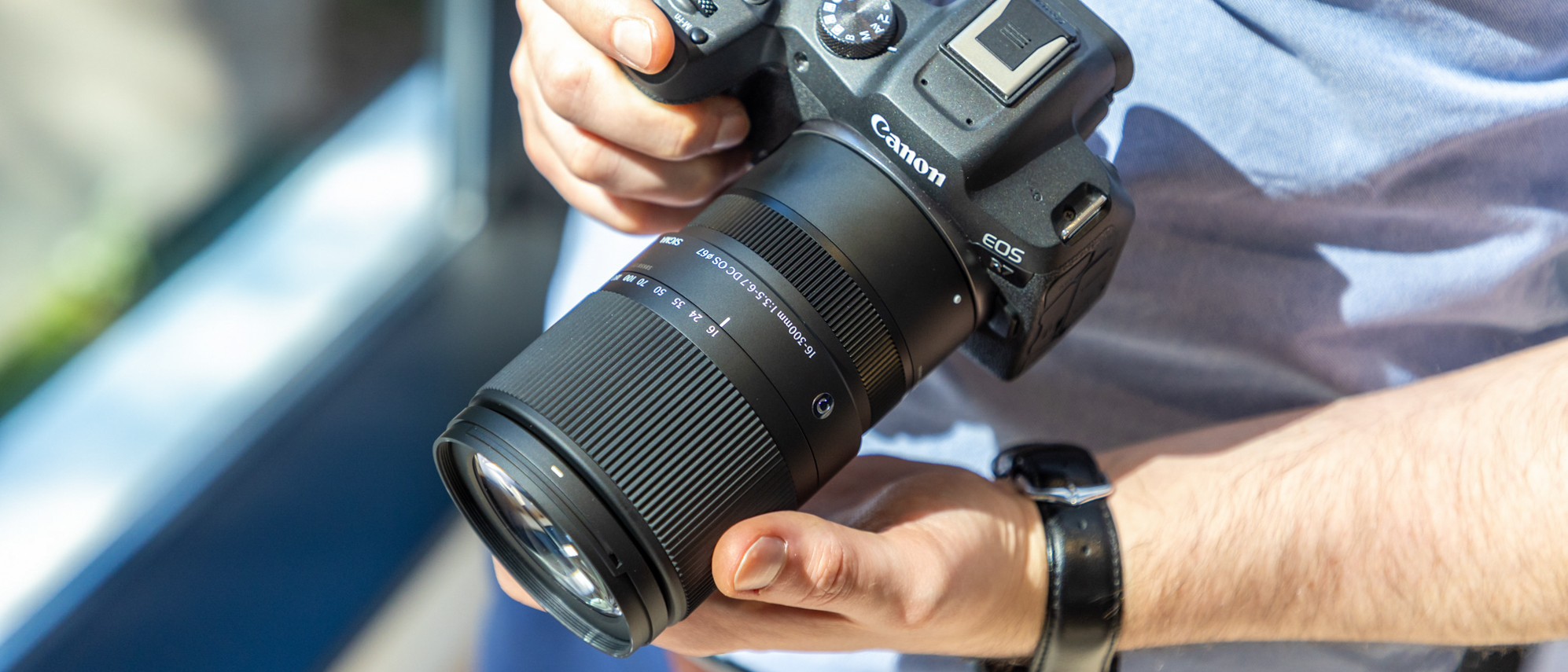If 2022 was the year that AI image generation began to transform photography, 2023 was the year it became mainstream. With the software giant Adobe and even stock photo suppliers like Getty and Shutterstock launching text-to-image tools, generative AI has become inescapable in many forms of visual art, and it’s increasingly finding a place in photographers' workflows.
Things have developed fast in the past 12 months, with AI image generators producing better results and the number of tools multiplying. But we’ve also seen the fight back begin, with glimpses of tools that could help photographers protect their work from being used to train AI models. As we approach the end of the year, we round up some of the biggest moments in the development of generative AI in photography in 2023 and consider where the technology is going.
AI image generators take (another) huge leap forward
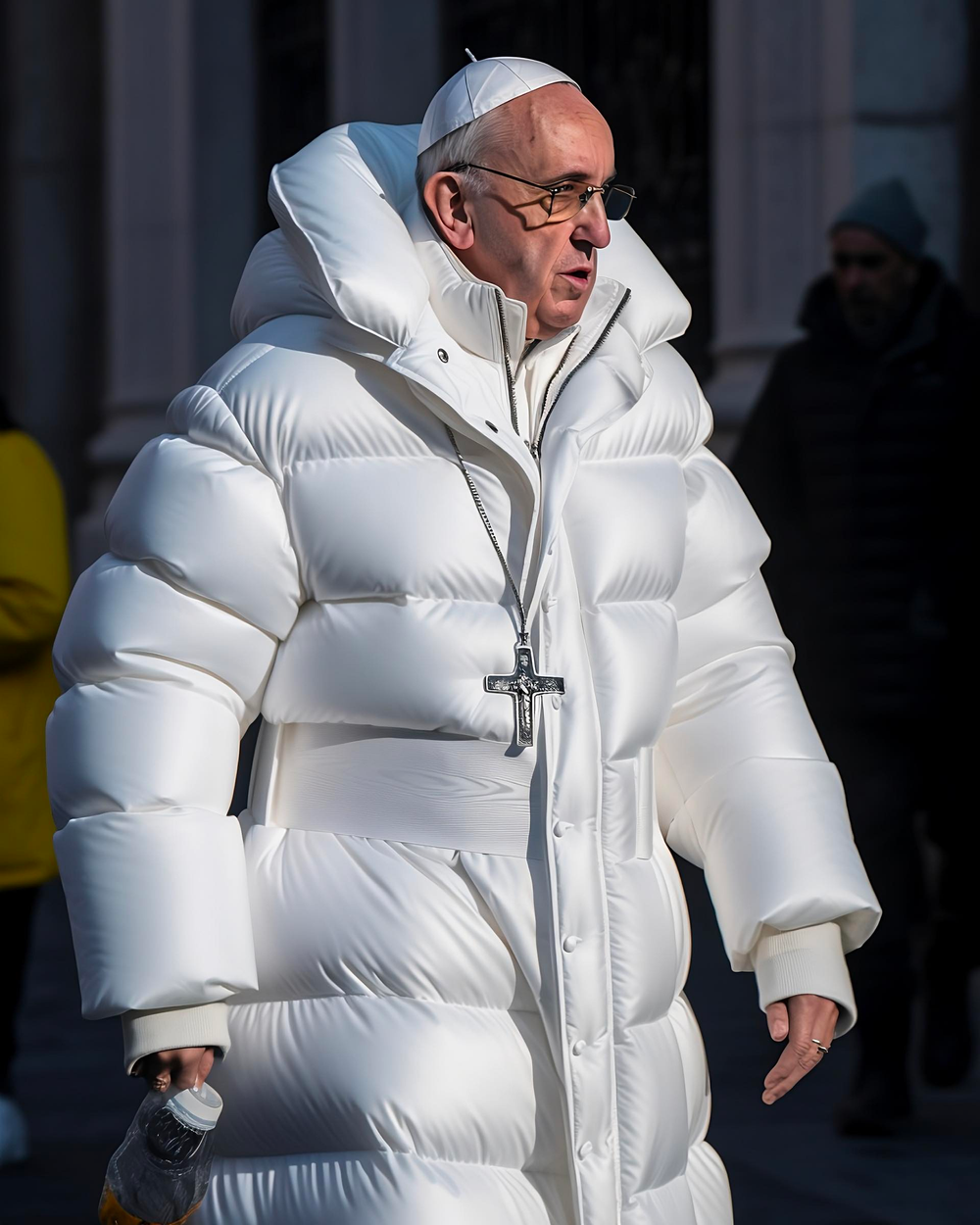
The big leap in AI image generation came last year, when diffusion models with massive datasets replaced generative adversarial networks as the main tech involved. By the end of 2022, models such as DALL-E 2, Stable Diffusion and Midjourney were already impressive and had thousands of users. But the images they produced still betrayed their origins. Human figures had unusual numbers of fingers, and text would be rendered as nonsensical scribbles.
This year, almost all of the major models advanced enormously in terms of the reliability and quality of their output, particularly when it comes to photorealism. DALL-E 3, Midjourney V6 and Google’s Imagen 2 can all produce much more realistic images than their predecessors. And it's not just hands with the right number of fingers. Lighting, gestures and hair are all much more convincing, making it hard if not impossible to distinguish some AI-generated images from photos. Zoom in on the viral 'Pope in a puffer jacket' and you'll find smudges and blurs that give the game away, but it looked realistic enough to fool many people. And this was only in March.
- See our guide to the best AI image generators
AI apps multiply

As well as quality, 2023 brought quantity and a new ease of access to AI image generation. Whether browser-based or in the form of mobile apps, AI image generators seemed to be launching on an almost daily basis this year. Some of them even billed themselves as alternatives to hiring a photographer. Erm...
Photo AI is one of those cases, and no it's not likely to be replacing photoshoots anytime soon. Upload images of yourself taken from different angles and the tool will create AI models that you can use to "do photo shoots in different poses, places, and styles". You can even choose different outfits. However, our writer found the resulting images didn't look much like her. Apparently aimed at people who want a presentable photo for their CV but can't be bothered to get changed out of their pyjamas, it doesn't have an obvious professional use at the moment, but I wouldn't be surprised to see such apps become more accurate in the months to come.
Adobe launches Firefly (and Generative Fill in Photoshop)
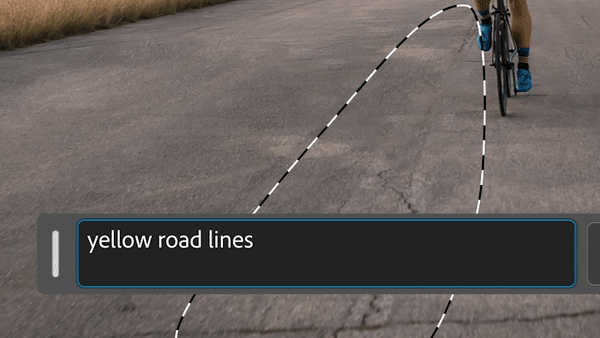
Until this year, the big AI image generators were new names. Using their models wasn't always the easiest or most intuitive experience for the uninitiated, and there were serious questions about copyright because they were trained on datasets scraped from the internet.
Get the Digital Camera World Newsletter
The best camera deals, reviews, product advice, and unmissable photography news, direct to your inbox!
In March 2023, Adobe launched Firefly, aiming to make AI both more palatable and more useful with an accessible model trained exclusively on public domain images and assets from Adobe Stock. Two months later, it began to introduce Firefly-powered tools to Photoshop, the industry-standard tool for image manipulation.
This had a huge impact on photography for several reasons. The fact that many working photographers already use Photoshop meant they now had easy access to AI image generation and could start to experiment without seeking out new tools. And, in practical terms, Generative Fill and Generative Expand in Photoshop are tools that are actually useful for photographers and fit their workflows, potentially saving hours of work for those who create composite images. There's also the issue of legality. In its Firefly for Enterprise plan, Adobe promises to indemnify users against compensation claims that could arise from the use of its AI tools.
As always where Photoshop leads, competitors have to follow. Starting in October, Skylum started adding a raft of new generative AI features to its Luminar Neo editing software, with GenErase, GenExpand and GenSwap. The next year will surely bring more AI tools to conventional photo editing. Both Adobe and Google are developing 'zoom-and-enhance' tools using AI to refine low-quality images like what we see in TV crime shows. I'm personally hoping to see Adobe's Project See Through for removing glass reflections makes it into Lightroom.
Getty Images launches an AI image generator
We predicted in our roundup last year that a big area for AI image generation would be stock imagery. Sure enough, this year stock libraries began bulking up their products against the new competition by adding their own text-to-image tools. Both Getty and Shutterstock have launched AI image generators directly within their sites, allowing customers to edit stock images using AI if they can't find a shot that suits their needs.
Getty's development with Nvidia was particularly notable considering that the image giant had been wary of AI, even launching a lawsuit against Stable Diffusion. There are repercussions for photographers here but also opportunities. There's a chance stock image customers may be more likely to buy an image if they can quickly change certain details to make more closely fit their needs.
Brands turn to AI for product photography

Last year, we saw some AI-generated images used in advertising, but usually as a joke. This year, it became a serious tool for product photography, although not always with successful results.
In March, Levi's announced that it was working with lalaland.ai on creating AI models for its clothes to make shopping "more inclusive". And in October, Amazon announced the beta launch of the Amazon Ads AI image generator, which sellers can use to create adverts showing their products in contextual situations, for example on a desk in an office. More bizarrely, Uber Eats apparently began testing AI image generation for restaurant menus, much to the bemusement of a New York pizzeria that found its menu illustrated with images of fruit pies.
Uber Eats is using AI for pictures of food. It doesn’t know that “pie” means pizza, and it invented a brand of ranch dressing called “Lelnach” pic.twitter.com/raFZArsERNNovember 30, 2023
There are clearly types of product photography where AI image generation makes total sense. Generating backgrounds can save the huge amount of time and investment it can take to set up a scene with the right props desired. Generating images of fictional dishes for a real restaurant isn't one of those situations.
AI makes it to magazine covers
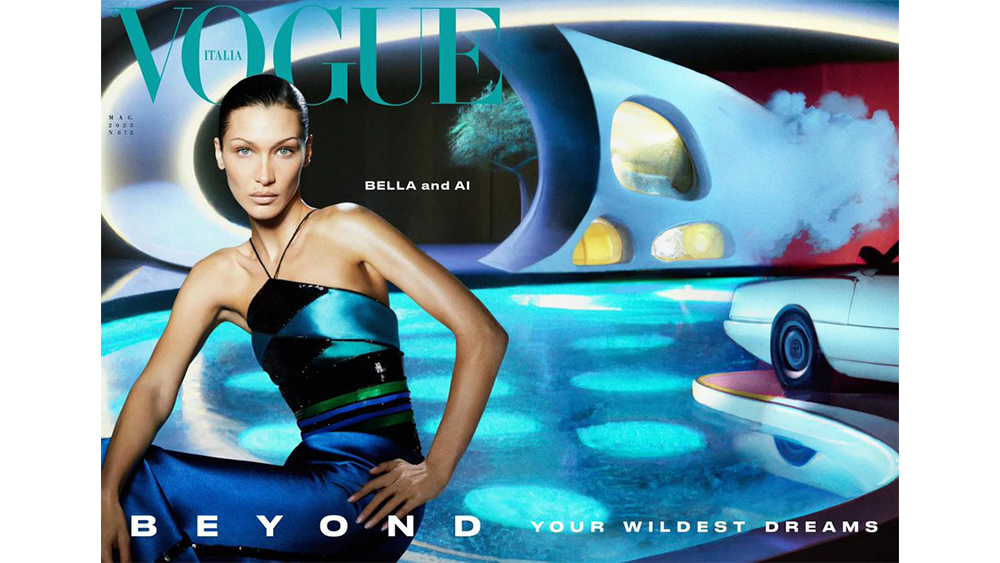
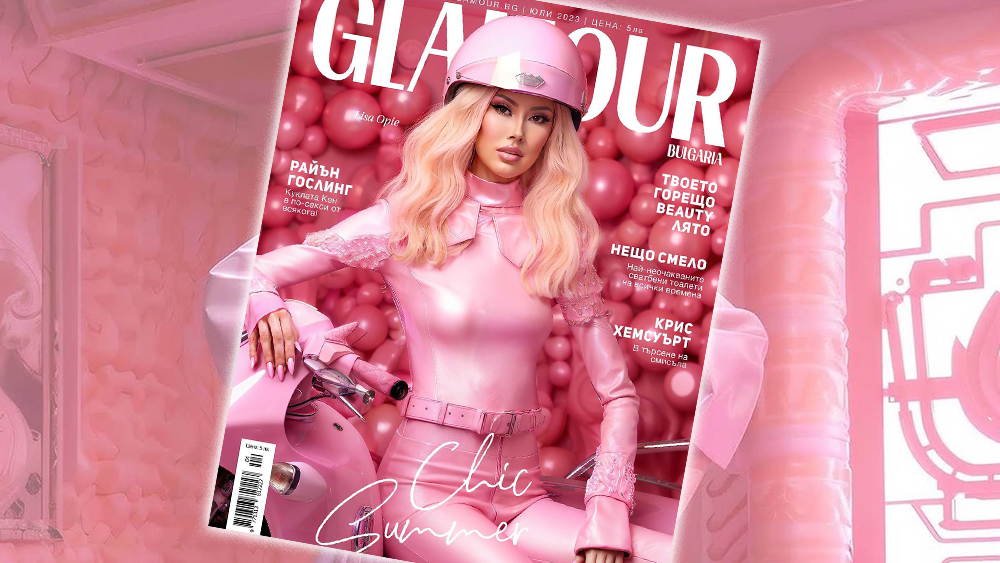
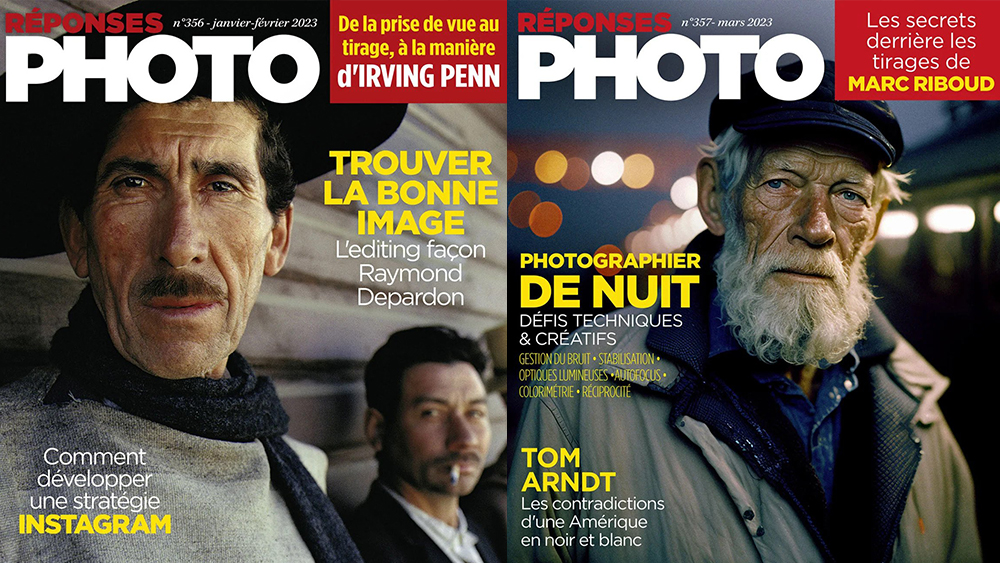
AI-generated 'photos' also made it to the cover of magazines in 2023. France's Réponses Photo launched its March issue with two covers, one a real photo and one AI, challenging readers to identify which was which (it's the one on the right in the image in the gallery above, if you're still trying to guess).
Meanwhile, a Barbie-inspired cover for the July edition of Glamour in Bulgaria featured an AI-generated image of the model Lisa Opie, and Vogue Italia ran a cover shoot with Bella Hadid featuring “real shots on imaginary backgrounds created by DALL-E". Both came in for criticism, but they also showed us the kind of role that AI image generation could play in fashion photography in the future, being early examples of 'co-creation' between AI and human photographers.
AI causes a headache for photography competitions
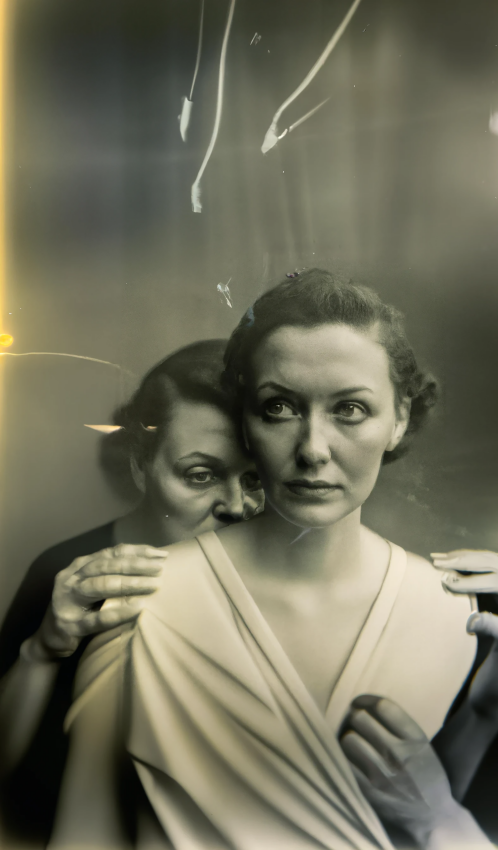
With AI image generation becoming so convincing, photography competitions found themselves in a pickle. In April, the German photographer Boris Eldagsen won the Creative Open category of the annual Sony Awards only to reveal at the ceremony that The Electrician (above) was generated using AI. And it can go the other way. Perhaps being extra cautious as a result of that controversy, the judges of a competition run by Sydney print shop Charing Cross Photo had to apologise after disqualifying a real photograph that they thought was AI.
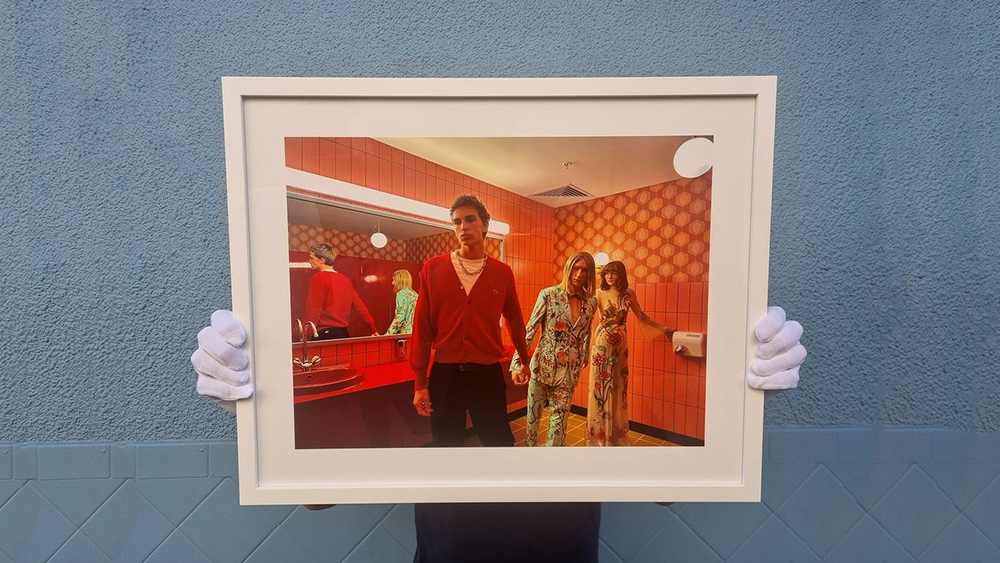
It quickly became clear that competitions would need to define whether the use of generative AI is permitted or not and how they would police it. World Press Photo initially announced that it would allow both generative fill and fully generated AI images in its Open Format category in 2024. It backtracked in November due to an uproar among photographers and photojournalists.
Many would agree that images generated entirely by AI should not be accepted into a photography competition, but enforcing the rule, and defining how much generative AI is too much, is fraught with difficulties. This is something that will need to be resolved in the coming year.
Tools emerge to identify AI images
Amid such confusion, we can be grateful that there have been advances in the development of tools that can vouch for an image's authenticity or help identify AI trickery. As part of the Content Authenticity Initiative (CAI), Adobe Firefly includes data identifying AI-generated images. Adobe's also teamed up with Leica on the M11-P, the first camera to allow photographers to attach Content Credentials to their images at the point of capture (see our Leica M11-P review). And this month, we saw the release of Click, an iOS camera app that uses ContentSign authentication to allow users to include proof of authenticity in image metadata.
These tools allow photographers to verify the authenticity of their work, which could be a source of value in itself going forward as we face the likelihood of the internet being flooded with AI-generated images. We've also seen the emergence of tools that aim to identify whether an image was created by AI. Is it AI? and AI or Not from Optic are free browser-based image checkers that aim to determine if an image was created by a human or not. They can't always tell, but they do seem to catch a lot of AI-generated images.
The fight back begins
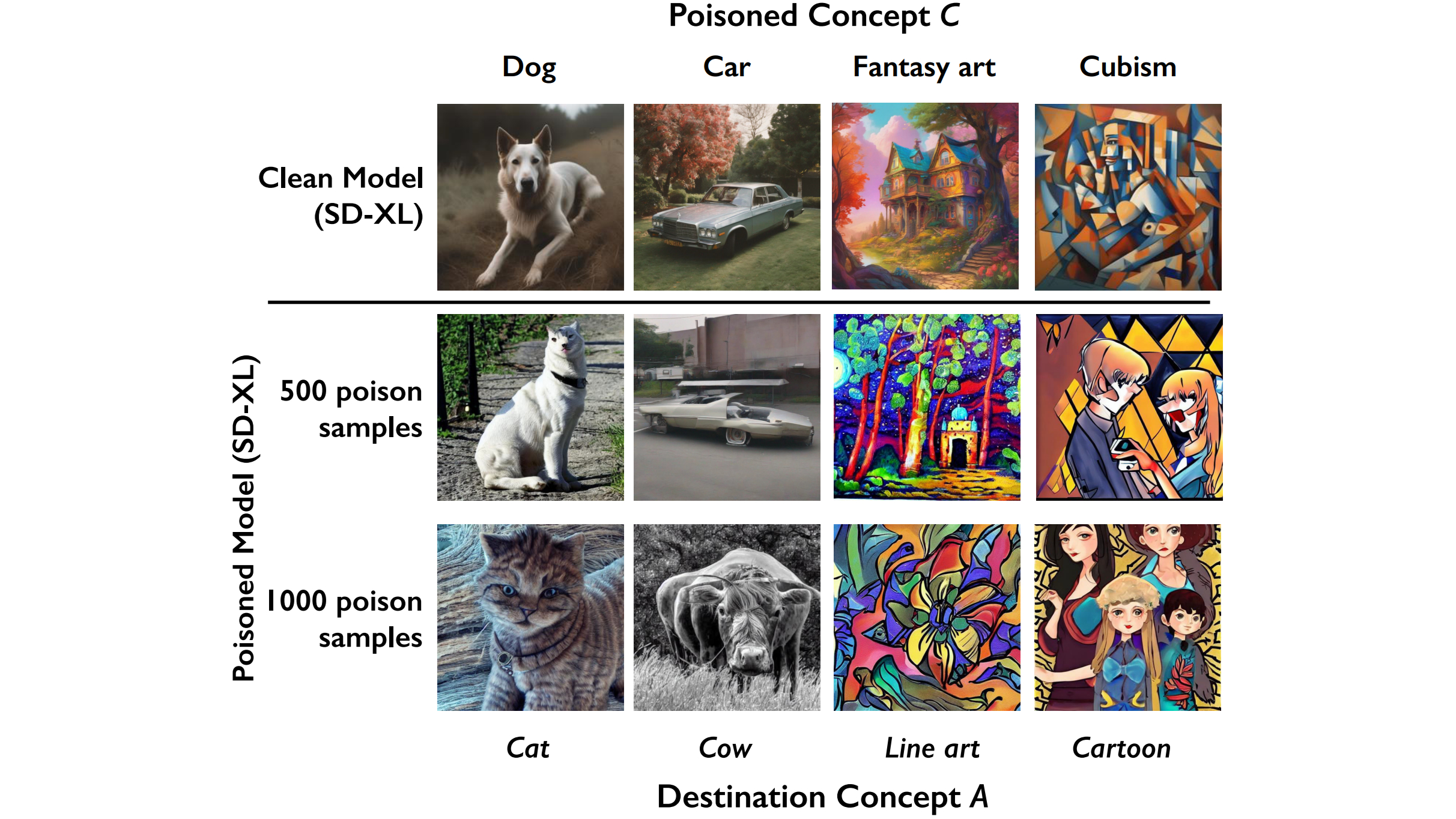
Many photographers understandably want to be able to protect their work from being used to train more AI models in the future. The Glaze project at the University of Chicago aims to do just that. Researchers came up with a technique of applying imperceptible modifications dubbed 'style cloaks' before uploading images to the web. When used as training data, the modifications can effectively prevent AI models from being able to copy the style of an image.
Free to download, the tool was mainly developed with artists in mind, preventing models from copying the artist's style, but it could also help protect the work of photographers who have a particular style... at least until AIs are developed that can detect and undo the style cloaking.
But the people behind Glaze have another tool up their sleeves. In October, they announced the development of Nightshade, which effectively 'poisons' AI models by providing corrupted training data. It looks like we're entering a race in which AI image generators and AI antidotes or poisons will have to be continually updated to identify and outwit each other. The AI image generators had the head start, but it might just be possible for the likes of Project Glaze to catch up.
AI camera concepts emerge

Perhaps the strangest development in AI image generation this year was the appearance of concept AI cameras. SnapChat developer Kyle Goodrich came up with DreamGenerator, which turns real photos into AI-generated images in-device with one of 30 preset themes, Why anyone would want to do that isn't clear, but Goodrich thinks his concept would be more intuitive and accessible than the usual process of taking an image and then uploading it to a text-to-image generator.
Introducing – Paragraphica! 📡📷A camera that takes photos using location data. It describes the place you are at and then converts it into an AI-generated "photo". See more here: https://t.co/Oh2BZuhRcfor try to take your own photo here: https://t.co/w9UFjckiF2 pic.twitter.com/23kR2QGzpaMay 30, 2023
Even wilder was the Paragraphica camera, which doesn't take photographs at all. Designed by Bjørn Karmann, it uses location data. The viewfinder displays a real-time description of the location, pressing the 'shutter button' results in the creation of a scintigraphic representation of the description, and three dials let you control the data and AI parameters. There's no reason for it to have the size and shape of a camera other than for novelty retro value.
Strange times indeed. I can't see either of these particular experiments with bringing AI into camera hardware catching on, but it will be interesting to see how the major camera makers react to the incursion of AI. It's likely that we'll see more AI-driven features for things like autofocus, noise reduction and fixing distortion and vignetting.
One thing that we can say for sure is that AI is now part of photography. Just as there are still photographers who use film, there will be many of us who choose not to use generative AI, but many will and are incorporating it into their workflows, whether that's as part of the retouching process, to remove distractions and artefacts, or for more overtly AI-influenced work in the form of collages and composite images.
Like other digital artists, many photographers are likely to turn to AI image generation where in the past they might have used stock images to create compositions. We could also see AI-generated scenery take an increasingly present role in product photography and even portrait photography, saving time and expense.
There are still questions to be addressed. We need a reliable, universally accessible way to identify AI images for the purposes of avoiding misinformation, and the lingering issue of some models' ignoring of copyright still needs to be defined either by the courts or through legislation. Watch this space.
Joe is a regular freelance journalist and editor at our sister publication Creative Bloq, where he writes news, features and buying guides on a range of subjects including AI image generation, logo design and new technology. A writer and translator, he worked as a project manager for at Buenos Aires-based design and branding agency Hermana Creatives, where he oversaw photography and video production projects in the hospitality sector. When he isn't learning exploring new developments in AI image creation, he's out snapping wildlife and landscapes with a Canon EOS R5 or dancing tango.
